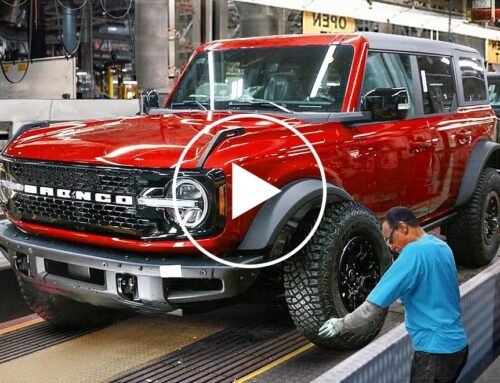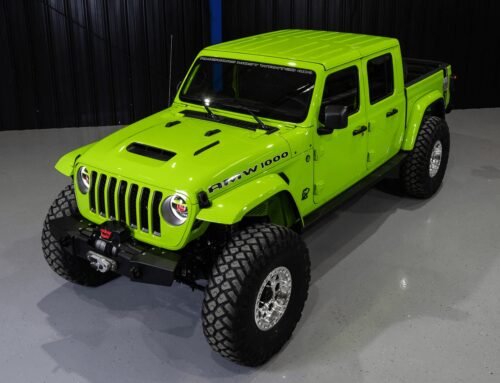But tech from 621 horsepower twin-turbocharged V6 will reach more vehicles.
The new Maserati MC20 supercar marks a new chapter in the Italian sports car maker’s history. It’s the three-tipped spearhead for a new range of vehicles as the brand seeks to revive its fortunes. Maserati is embracing drivetrain electrification, but MC20’s twin-turbo 3.0-liter V6 is a hand-built engine taking advantage of Formula 1 technology to avoid electrification. Maserati’s chief engineer for high-performance engines, Matteo Valentini, tells Autocar that, “The Nettuno is built only for the MC20, so you will see it only on that car.” However, he assures the UK publication that “the plan is that the technology from it, particularly the twin-combustion system, will be used on many other engines in the future.”
 Maserati
Maserati
 Maserati
Maserati
 Maserati
Maserati
The Nettuno engine, named after the Roman god Neptune whose trident forms the Maserati badge, produces 621 horsepower and 583 lb-ft of torque without the electrical assistance becoming commonplace in supercars. It’s a product of the new Maserati Engine Lab in Modena and could be one of the last non-electrified masterpieces created for a supercar. The key to the engine’s fast response while making so much power was not to use a larger turbo with an electrical boost system. Instead, it uses something called pre-chamber technology, which is, essentially, an extra air-fuel mixture chamber with a second spark plug sitting above the combustion chamber. As the piston is about to fully compress the main fuel charge, the pre-chamber ignites. It allows the air-fuel mixture to be ignited at multiple points rather than at a single point.
 Maserati
Maserati
 Maserati
Maserati
 Maserati
Maserati
The result of using the pre-firing technology, the first time in a road car, is increased power and reduced turbo lag. “With the pre-chamber technology, we could generate the performance and efficiency we wanted but keep the same size of (a) conventional turbocharger,” Valentini explains. “When we set the performance parameters of the engine, our first choice was to increase the size of the turbocharger and introduce some e-booster to get rid of the lag. When we analyzed it, we decided that was expensive, not very reliable, and very complicated.”
This excites us because that means Maserati is planning to run all-gasoline engines alongside its upcoming electrified vehicles for the foreseeable future. We’re sure the electrified vehicles will be exciting to drive, but while we have a choice in drivetrains, we want real choice.
 Maserati
Maserati
 Maserati
Maserati
 Maserati
Maserati
 Maserati
Maserati





